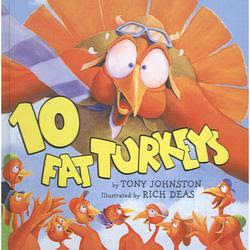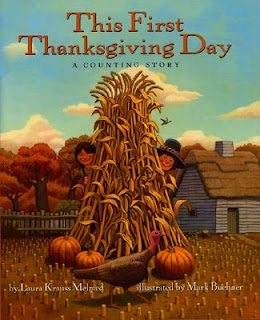Below is a GREAT article written by Amanda Morgan on the value of play and its role in academics. It's a little long but it;s well worth the read.
Play vs Academics: A False Dichotomy
An argument is brewing in the preschool scene. In one corner, you have those arguing for more academics to give children that head start that might correct the troubles of high-school drop-outs and low test scores. They claim that children rise to the occasion and show that they are capable of more than we’ve been asking.
In the other corner, you’ll find those who say play is disappearing from the cultural landscape of America and that its absence is a contributor to many childhood maladies such as obesity, ADHD, and declining social skills. They say that children “rising to the occasion” are really only performing
splinter skills, which are more closely aligned with party tricks than with actual learning.
Certainly, both camps can make compelling arguments. But each time I read an article giving voice to the two sides, I find myself thinking:
these aren’t mutually exclusive points of view. The notion that a child’s education can either be playful or academic seems to be creating an unfortunate and false dichotomy.
It seems to me that setting play and academics at odds with each other is pitting the method against the goal. It’s not an either/or choice, it’s a means and an end.
The term “academic” has come to mean “formal, direct instruction”, and in that sense, the two modes are different. But when “academic” is viewed as scholarly and giving rise to study and learning, it easily goes hand in hand with a play-based education structure.
To be sure, often the two camps are really at odds over what expectations are developmentally appropriate. But if we’re talking about
developmentally appropriate learning outcomes, truly, academics can be taught and learned through a play-based curriculum. In fact, in many ways, I believe that the format of play and experience can teach and prepare young children for concepts that are more advanced than could be taught in a formal, conventional way. Here’s an example.
You would (
hopefully) never consider plopping a multiplication worksheet down in front of a preschooler, followed by an explanation of the basic principles and procedures of algebra. However, I know a phenomenal preschool teacher who recently gave her students a similar challenge, but in an authentic, playful way.
As this teacher sat down to snack with a group of her students, she noted that there were five people at the table and each person could have 3 crackers. She then asked the children at the table how many crackers she should put on the plate to serve. One child enthusiastically answered, “
Three!” So the teacher placed three crackers on the plate and set it on the table. The children looked around at five hungry faces, trying to figure out where they went wrong. As the gears turned in their minds, one child suddenly shouted, “
Fifteen! We need fifteen!” Not bad for a “non-academic” school.
A quality play-based learning environment is not just a glorified birthday party. Each activity, each nook and cranny, and every loose part is arranged and made available with specific developmental objectives in mind. Ask a teacher and he or she will be able to tell you, “
That builds fine motor skills for writing. That promotes sorting, which is the basis of the set theory of mathematics. This will help with phonological awareness, which leads to literacy. Here we invite creativity and problem-solving while over there they are using their language and interpersonal skills.”
It’s those foundational experiences that allow children to learn advanced concepts more easily and more thoroughly. I worry that in our effort to get ahead in education, we’re simply skipping these foundational pieces so often learned through play. It’s like being in a rush to construct a tall building, so we decide to forget about the foundation (
nobody really sees that anyway) and jump right to the first floor. It might look OK at first, but eventually we get to the second or third floor and suddenly we realize that things aren’t solid, and we find ourselves slipping. I really think many of the academic problems we see in primary grades are not because the children didn’t start formal instruction early enough, but because they don’t have enough foundational experience for that formal instruction to make any lasting connections.
I guess what bothers me most is that setting play and academics at odds with each other often implies that one is for feel-good fun and the other is for real learning. That one is just daycare and the other is school. In reality, a play-based education is not only more responsive and developmentally appropriate for young children, but it also teaches them not only how to answer, but how to think. Not just to recite, but to inquire. Not simply to complete worksheets, but to build connections. Academic content isn’t just taught, it’s meaningfully constructed.









